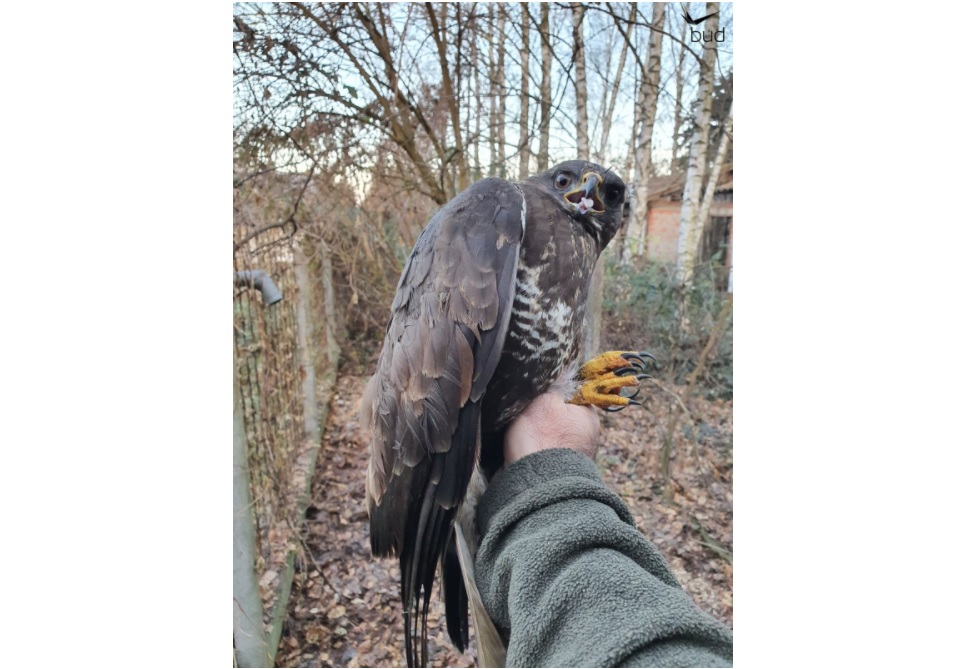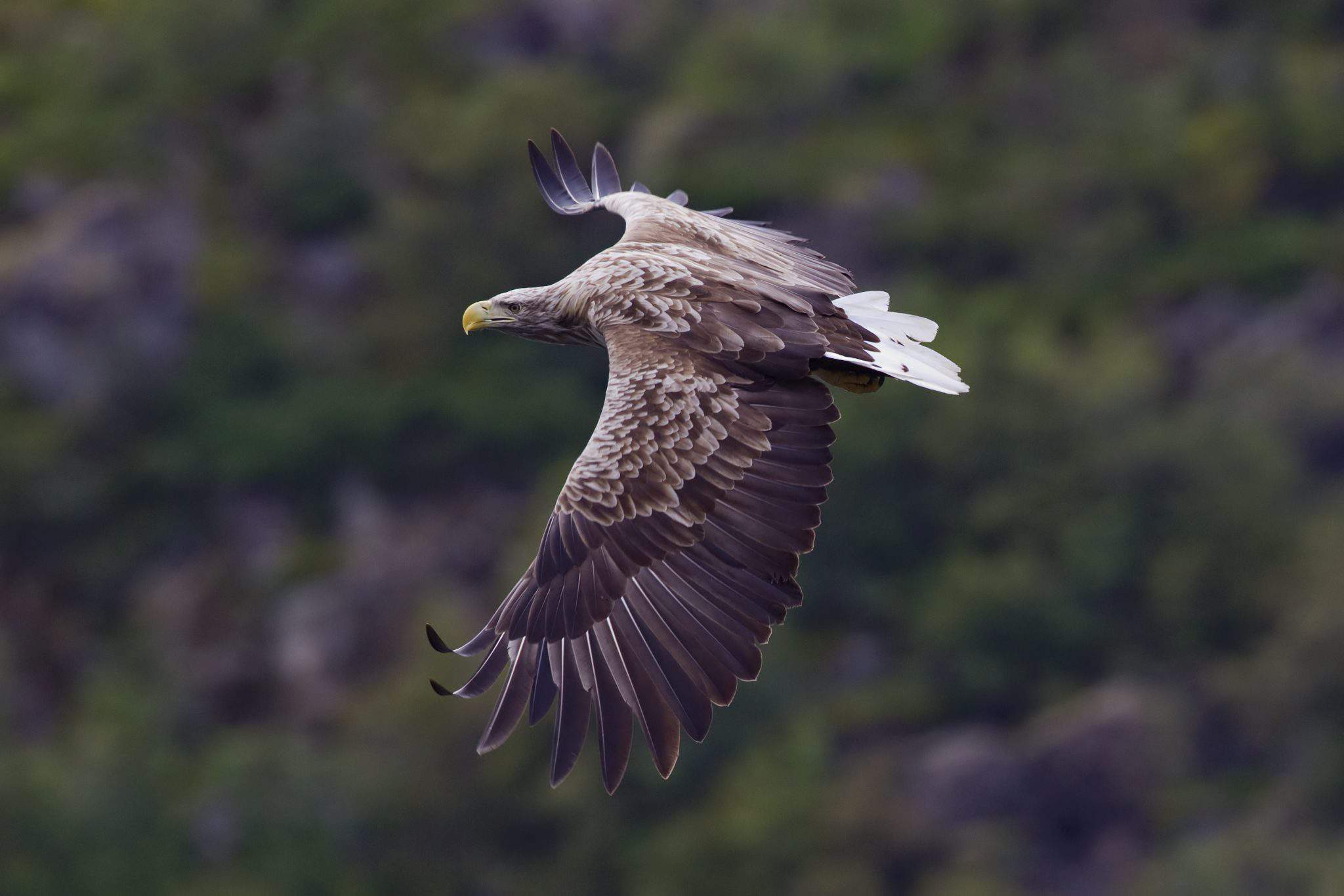Bird and wildlife control at Budapest Airport

Many of us will be familiar with the 2009 story of Captain Chesley B. Sullenberger, aka “Sully”, who made an emergency landing on the Hudson River when a collision with a flock of Canada geese caused his aircraft’s engines to shut down. The moral of the story is that for maximum safety, birds should be kept away from aircraft. Thanks to tried and tested protection and dispersion technologies, the safeguarding of the environment and wildlife is also ensured at Ferenc Liszt International Airport, besides aviation safety.
Millions of passengers pass through the airport every year, but the high volume of traffic is not only characteristic of the terminals. The more than 1500 hectare area can be an attractive environment for wild and stray animals. Budapest Airport therefore attaches the utmost importance to guaranteeing both aviation safety and the protection of the environment, using methods of bird and wildlife control developed over the past decades. To this end, the airport’s bird and wildlife control team patrols the boundaries of the runways and taxiways throughout the year, and uses deterrents (sonic cannon, laser lights, bio-acoustic devices, etc.) on a continuous basis to keep animals away.
On average, 30 to 40 dispersals are undertaken along the runways during a day’s service, the vast majority of which are bird-related.
Numerous control technological practices have been developed at the airport over the years. Some of these are constantly being improved, as some bird species are very fast learners; so after a while, these methods lose their effectiveness. One example is the use of sonic cannons, which used to be set to sound every two minutes during the day, with a timer. Birds sitting on the sonic cannons became accustomed to this; they would fly up a few seconds before the blast, and would then settle back on top of the cannons after the bang. The modern devices currently in use are equipped with a GSM module, and can be controlled by mobile phone. They only sound when a call is made to the sonic cannon by the bird and wildlife warden. This prevents birds from learning the time of the burst, thus greatly increasing the efficiency of the system.
In the case of some species, capture and relocation offers a safe solution, such as kestrels and magpies, but it also occurs with other birds. Last year, for example, more than 100 common kestrels and 25 long-eared owls were transported to the Hortobágy National Park, after ringing. In addition to birds, mammals appearing in the area also pose a very serious risk to aviation safety. The airport operator thus ensures that stray animals, such as cats and dogs, as well as wild species, such as foxes, badgers, martens and hares, should be handed over to the competent partners.
Lajos Szabó, bird and wildlife control team leader for Budapest Airport said: “In addition to the usual airport wildlife, we sometimes see species that are rare visitors to the area, such as eastern imperial eagles, badgers and mute swans.” He added: “We also have exceptional cases sometimes in our more than 1500 hectare area. For example, our colleagues recently trapped five specially protected ferruginous ducklings. This is an extraordinary case because individuals of this species have never bred in the area of the airport before.”
Budapest Airport’s bird and wildlife control methods are based on 30 years of global experience, in line with the recommendations of the International Bird Strike Committee (IBSC), a panel of 100 independent experts commissioned by the International Civil Aviation Organization (ICAO), in close cooperation with the competent partners and ministry. Whilst maintaining aviation safety, the airport operator also aims to place strong emphasis on protecting organisms that make the airport their home.
Source: www.bud.hu


